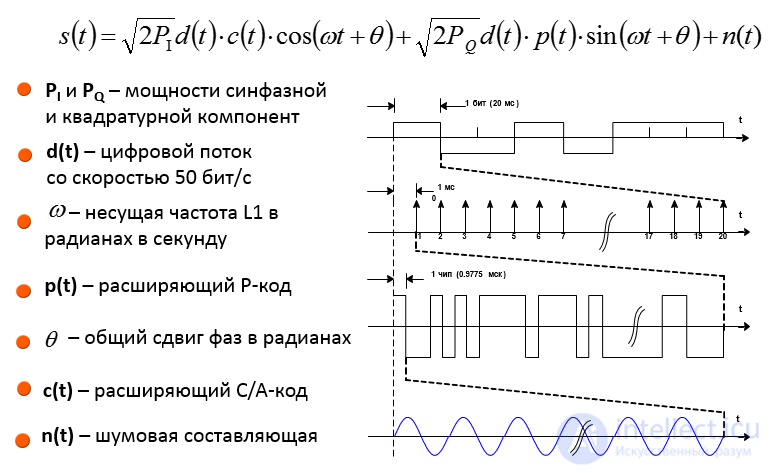Lecture
The theory of analysis and processing of physical data is based on mathematical models of the corresponding physical fields and physical processes, on the basis of which mathematical models of signals are created. Mathematical models of signals make it possible to generalize, abstracting from the physical nature, to judge the properties of signals, predict changes in signals under changing conditions, and replace physical modeling of processes with mathematical ones. With the help of mathematical models, it is possible to describe the properties of signals, which are the main ones, determining in the studied processes, and to ignore a large number of secondary features. Knowledge of mathematical models of signals makes it possible to classify them according to various features characteristic of a particular type of model. So,signals are divided into non-random and random, depending on the ability to accurately predict their values at any time. The signal is not random and is calleddeterministic, if the mathematical model allows such a prediction. A deterministic signal is specified, as a rule, by a mathematical function or a computational algorithm, and the mathematical model of the signal can be represented as
s = F (t, z, w , ...; A, B, C, ...),
where s is an informative signal parameter; t, z, w, ... - independent arguments (time, spatial coordinate, frequency, etc.); A, B, C… - signal parameters.
The model should be as simple as possible, minimized by the number of independent arguments and adequate to the process under study, which largely predetermines the measurement results. Let's consider this issue using the example of geophysical data.
The geophysical field is understood as its own or induced by a certain external impact, the distribution of any physical quantity, created by a geological object or geological structure in space, in time or by any other argument (independent variable). In the simplest case, a geophysical signal is a change in any component of the geophysical field, i.e. section of the field by one of the arguments. In the limit, the entire geophysical field as a whole can be considered as a primary multidimensional signal in direct physical display, from which formalized copies of certain components (sections) of the signal can be removed by means of measurements onto material information carriers.
Under certain conditions of their registration, geophysical fields correspond to certain mathematical models of signals, i.e. their description in some formal language. A mathematical description cannot be comprehensive and ideally accurate and, in essence, always displays not real objects, but their simplified (homomorphic) models. Models can be defined by tables, graphs, functional dependencies, equations of states and transitions from one state to another, etc. A formalized description can be considered a mathematical model of the original if it allows predicting the state and behavior of the objects under study with a certain accuracy by means of formal procedures over their description.
An integral part of any mathematical signal model is the domain of the signal definition, which is set by the interval of setting the independent variable. Examples of setting the interval for variables:
a ≤ x ≤ b, x О [a, b].
a <y ≤ b, y О (a, b].
a <z <b, z О (a, b).
The space of values of the independent variable is usually denoted by the subscript R. So, for example, R: = (- Ґ , + Ґ ), x О R.
In addition to specifying the domain of the signal definition, the types of numerical values of variables (integer, rational, real, complex) can also be specified.
Mathematical models of fields and signals at the first stage of processing and analysis of observation results should allow to some extent ignore their physical nature and return it to the model only at the final stage of data interpretation.
Математическая модель сигнала GPS

Comments
To leave a comment
Signal and linear systems theory
Terms: Signal and linear systems theory